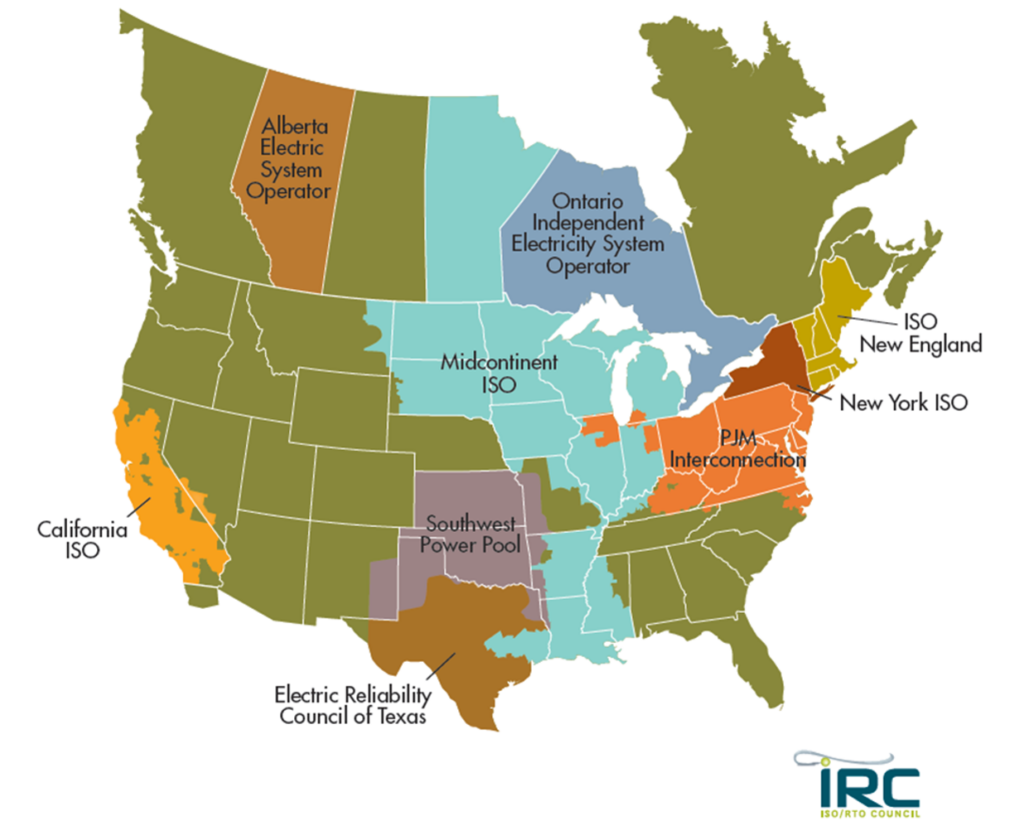Establishing Wholesale Power Markets in Developing Countries
by Branko Terzic

IRC (ISO/RTO COUNCIL)
Over the years I have been asked to comment on the viability of establishment of wholesale power markets in post-communist and developing economies. The concept of power markets replacing vertical monopoly generation has been advanced by the USAID in various programs. around the world. The following is a short summary of my presentations on the subject.
Monopoly power systems use central planning or regulation to match anticipated electricity demand with proposals for installed capacity to meet that demand. Electricity power markets use a variety of electricity trading options to coordinate the scheduling of the portfolio of available power generation to exactly meet customer demand. If total generation does not follow demand, including compensating for electricity lost as the power flows through transmission and distribution systems, then the system frequency will deviate from the levels at which the power system is stable. If the frequency deviation is big enough then parts of the power system will shut down for self-protection and either a total or partial blackout will happen.
The structuring and operation of an electricity market is driven by these dynamics and should reflect the underlying fundamental characteristics of the system, including the demand patterns, the types of generation and physical constraints on power flows. The prices established by the competitive electricity market are expected to provide signals to investors when additional capacity investment is warranted. New transmission requirements are usually met by a monopoly provider whether a state enterprise or a private public utility under state regulation.
A country or region which desires to establish a wholesale power market requires the following preconditions:
- Total adequate generating capacity in service including excess reserve capacity
- Insure the inability of any participant to exert “market power” at any moment
- Have sufficient transmission capacity installed and available to all market participants
- Establish market and transmission operators independent of any participant
- Engage competent market and system operators
- Create clear and functional market design and rules
- Establish and fund a competent and independent regulatory agency with full legal authority and procedures.
- Understand retail competition requirements if public policy goes in that direction
A viable wholesale power market is needed prior to the introduction of retail competition.
Wholesale electricity power markets trade the following ‘services’ or, if you will, “commodities”:
- Energy – kWh , MWh energy
- Capacity – MW power
- Reserve – MW power
- Balancing – MW power
- Ancillary Services – MW ower
- Other
The “other” category is there to recognize the inconsistency between electricity markets established country to country for example as between the UK vs USA. Early on some markets only traded energy (watt-hours) while others traded both energy and capacity (Mega-Watts power). Even within the US there is inconsistency between what the various RTO/ISOs trade even while all, except in Texas, are regulated by the same Federal Energy Regulatory Commission (FERC).
The Honorable Branko Terzic is a former Commissioner on the U.S. Federal Energy Regulatory Commission and State of Wisconsin Public Service Commission, in addition he served as Chairman of the United Nations Economic Commission for Europe ( UNECE) Ad Hoc Group of Experts on Cleaner Electricity. He holds a BS Engineering and honorary Doctor of Sciences in Engineering (h.c.) both from the University of Wisconsin- Milwaukee.
#BrankoTerzic #energy #regulations #experience #research #future #opportunity #strategy #management #people #electricity #power #utilities #renewables #RenewableEnergy #energysector #powergeneration #energyindustry #powergrid #power #electrical #gas #oil #cost #transportation #US
